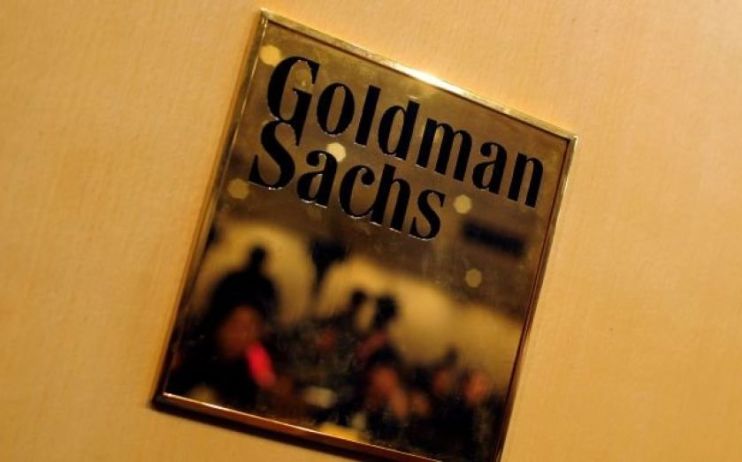Goldman profit down over a third as boss David Solomon hopes for ‘recovery’ in dealmaking

Goldman Sachs recorded a significant fall in profit in the third quarter after the bank struggled with higher costs and booked significant losses on its fintech segment.
In the three months to September, profit at the Wall Street giant fell by 36 per cent to $1.9bn. Although revenue held steady, higher costs put pressure on the bank’s bottom line compared to last year.
Goldman booked an additional $506m writedown related to its GreenSky division, which offers loans for home improvement. Goldman agreed terms to sell Greensky to a consortium of investors led by Sixth Street last week.
The bank also recorded impairments of $358m on its real estate investments while compensation and benefits for staff increased 16 per cent year-on-year.
However, in more positive news, Goldman’s key investment banking division – which makes up the majority of its profit – saw revenue increase for the first time in nearly two years.
Investment banking fees climbed one per cent thanks to an improvement in revenue from debt and equity underwriting.
Boss David Solomon said he expects “a continued recovery in both capital markets and strategic activity if conditions remain conducive,” Solomon said.
“As the leader in M&A advisory and equity underwriting, a resurgence in activity will undoubtedly be a tailwind for Goldman Sachs,” he continued.
Dealmaking has been subdued in 2023 due to the impact of surging inflation and geopolitical volatility, but many bankers are hopeful that the promised “green shoots” will soon materialise.
Bank of America also revealed results for the third quarter today, beating expectations after higher interest rates helped boost its performance.
Interest income climbed four per cent helped to drive a 10 per cent increase in profit. JP Morgan and Wells Fargo both reported significant increases in interest income in the third quarter too, beating analyst expectations.
Bank of America boss Brian Moynihan said the bank’s performance had been helped by “a healthy but slowing economy that saw US consumer spending still ahead of last year but continuing to slow.”
Reflecting the slower economy, provisions for credit losses increased by $336m.